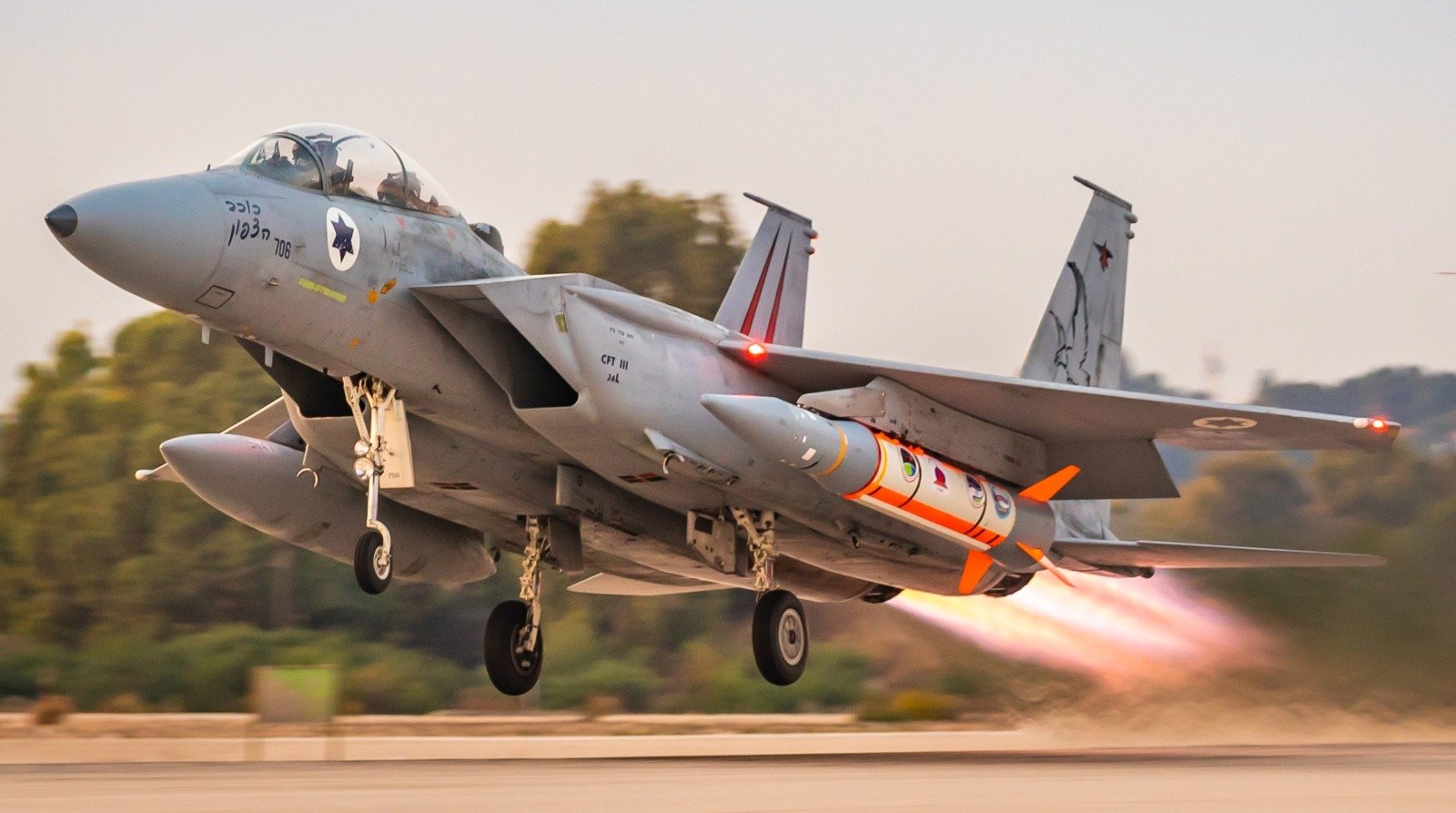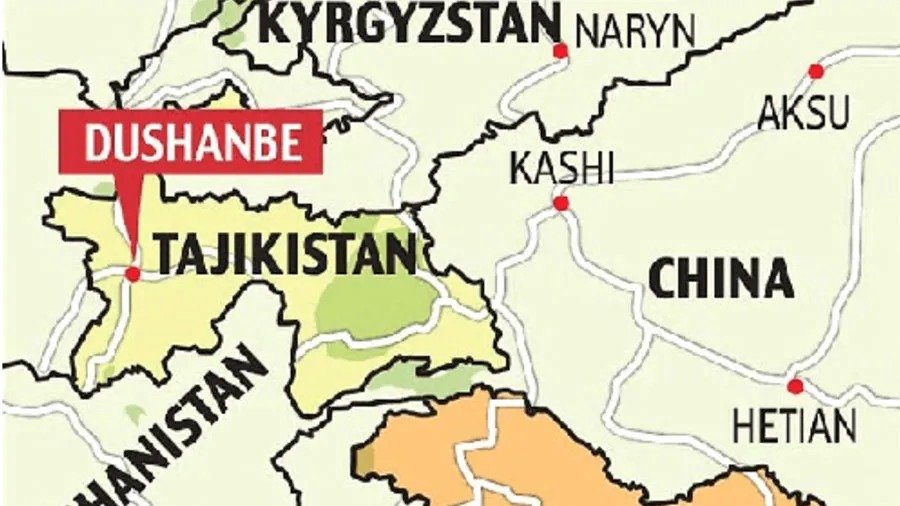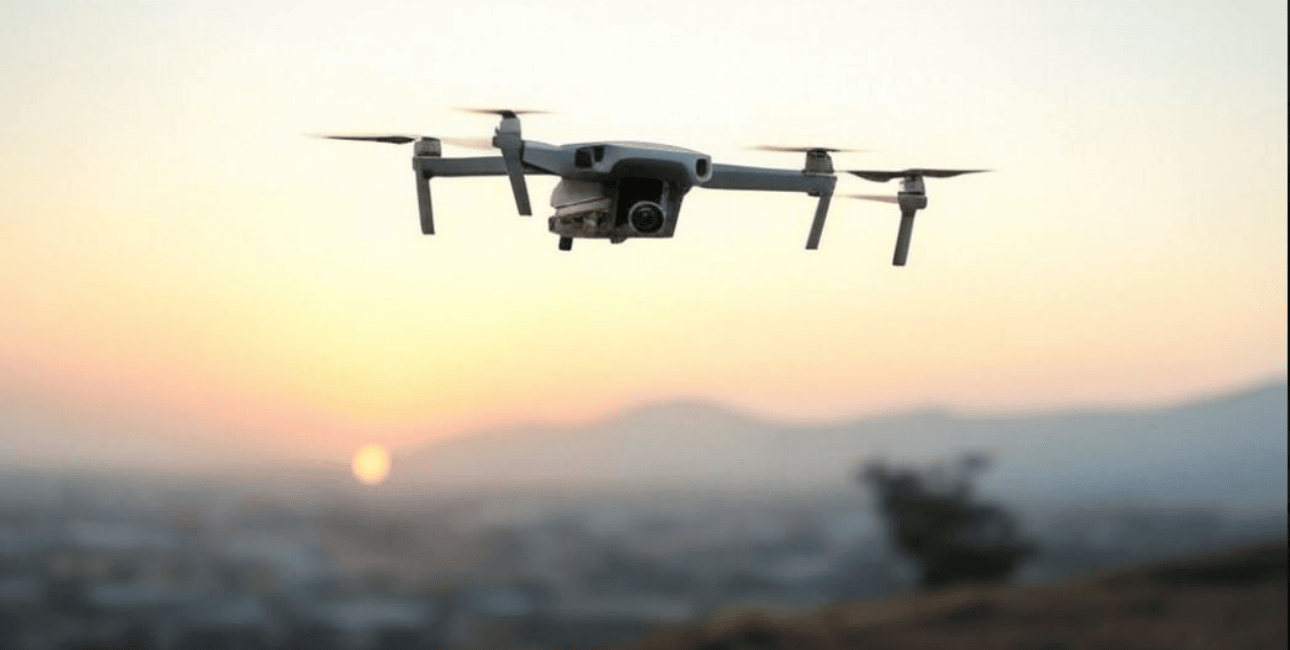As military conflicts evolve and new technologies emerge, laser weapons are carving out a significant niche in defense strategies worldwide, offering a cost-effective and efficient alternative to exorbitant missile defense systems.
Once confined to the realm of science fiction, laser weapons are now becoming a battlefield reality: military powers around the world are racing to deploy high-energy laser weapons.
As drone warfare expands and missiles pose ever-growing threats, nations are turning to these silent guardians of the future—weapons that strike at the speed of light.
Example 1: Israel
Israel, engaged in conflict on multiple fronts, has announced progress on its long-awaited high-powered laser interception system, known as the ‘Iron Beam.’
The Iron Beam, expected to be operational within a year, is designed to work alongside the Iron Dome and specifically target smaller projectiles.
During the contract signing worth US $535 million with defense contractors Rafael and Elbit, Defense Ministry Director General Eyal Zamir said the “first operational capability of the ground laser system is anticipated to be ready in a year.”
According to a ministry statement, the agreement aims to “significantly accelerate” production, ensuring timely delivery of the laser systems at a high output rate.
Not As Groundbreaking As Iron Beam, Israel To Showcase Lite Beam Laser Defense System At AUSA-2024
Experts believe laser-based missile defense could offer a far cheaper alternative to Israel’s current interceptor missiles for neutralizing enemy rockets and drones. By using energy instead of physical interceptors to destroy targets, laser systems promise substantial cost savings.
For example, while rockets launched by Gaza-based groups cost under US$1,000 each, the Tamir interceptor for the Iron Dome costs approximately US$50,000, and a single Patriot missile can reach up to US$3 million.
In contrast, former Israeli Prime Minister Naftali Bennett has informed that Iron Beam would cost just US$2 per intercept, fending off any number of attacks at a negligible cost.
Example 2: United States
In April, the United States Army disclosed that it had deployed two high-energy laser weapons to (an undisclosed location) overseas to protect American forces and allies from enemy drones. This marks the first known deployment of a directed-energy system for air defense in US military history.
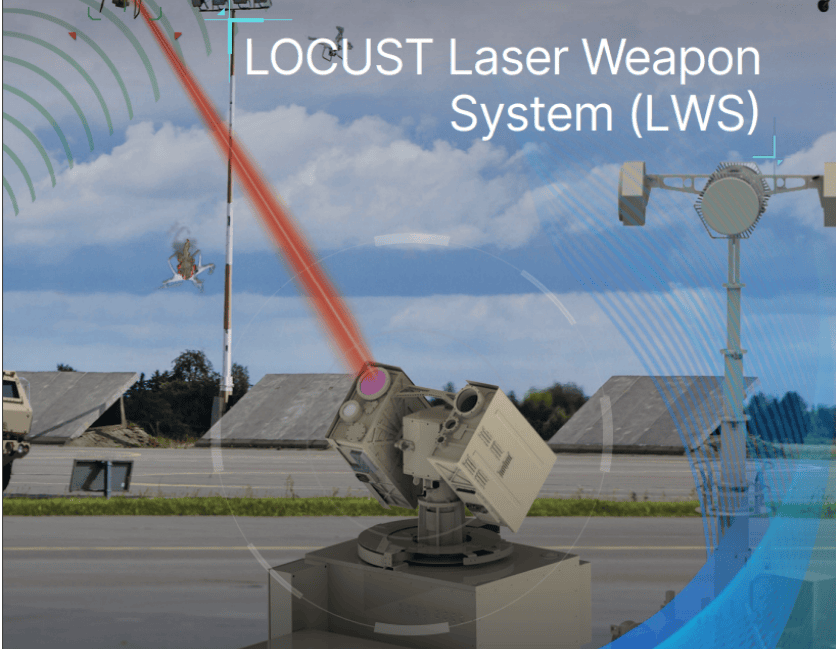
The P-HEL, developed from defense contractor BlueHalo’s LOCUST Laser Weapon System, began operational deployment abroad in November 2022, with a second system arriving “earlier this year,” according to a company press release.
Example 3: United Kingdom
In May, the UK’s Ministry of Defence (MoD) announced the successful testing of DragonFire, its first laser weapon. The tests in January at Scotland’s Hebrides Range highlighted the laser’s precision, striking a coin from a kilometer away.
At £10 A Shot, DragonFire Laser Weapon ‘Burns Down’ Its 1st Target; UK Joins Elite League Of Nations With DEWs
This high-powered laser, capable of neutralizing drones, offers a cost-effective alternative to conventional missiles.
While the MoD has not disclosed the weapon’s maximum range, it noted that DragonFire can “engage with any visible target.” The system will be deployed on Royal Navy ships by 2027, five years ahead of schedule.
Example 4: South Korea
South Korea’s “Star Wars Project” aims to transform defense capabilities with laser weapons designed to neutralize drones and missiles. The laser weapon, Block-I, can precisely strike small drones and multicopters at close range, according to South Korea’s Defense Acquisition Program Administration (DAPA). The press release did not specify the weapon’s production cost but noted that each shot would cost approximately 2,000 won or just US$ 1.50.
Amid rising tensions with North Korea and frequent drone incursions, South Korea plans to mass-produce these low-cost, undetectable laser weapons, developed in partnership with Hanwha Aerospace, to counter threats from the North.
Example 5: India
To avoid being left behind, India’s Defence Research and Development Organisation (DRDO) is also making significant progress in laser weapon technology, developing systems like the Durga II and Kali lasers for both tactical and strategic applications.
These advancements are geared towards enhancing anti-drone and missile defense capabilities, aligning with global trends in directed-energy weaponry.
Countries around the globe are increasingly recognizing the potential of directed-energy weapons (DEWs) and have initiated various projects to develop these advanced laser systems.
Let’s first understand what we mean by laser weapons and how it works.
The Science Behind The Light
A High Energy Laser is essentially a large, stationary energy-producing system equipped with a directed energy array on top.
Designed for fixed-site defense rather than mobile use, it intercepts and neutralizes incoming enemy drones and missiles using a focused beam of highly energized photons.
The system operates on a straightforward principle: it generates a significant amount of energy to excite photons, which are then directed at a specific target, heating a concentrated area of a drone or missile until it ignites.
The process is virtually silent, and the energy beam is invisible. The only visual cue of engagement is the sparks and flames that erupt from the target. Laser weapons utilize this directed energy to disable or destroy targets through concentrated light beams.
Interestingly, the concept of using lasers for defense is not new; their potential has been recognized for years. However, they have not been widely implemented in practical applications until recently.
Market Forces & Future Prospects
According to Karmark, a market research platform, the laser weapons market can grow at an annual rate of 13.1% from 2024 to 2031.
This growth is fueled by ongoing advancements in laser technology, including enhancements in range, power output, and integration with existing military systems.
Key trends driving the market include developing portable laser systems, research into high-energy laser platforms, and increased government funding for directed energy research.
Major players in the laser weapons market include Lockheed Martin Corporation, Northrop Grumman Corporation, Raytheon Company, Boeing Company, Rheinmetall AG, and Thales. The market serves various applications, including defense, warfare, and homeland security.
Various types of laser weapons are available, including fiber laser weapons, which use optical fibers to produce high-energy beams known for their efficiency and compactness; gas laser weapons, which rely on gas mixtures to generate high-power lasers but often require larger setups; solid-state laser weapons, which utilize solid gain mediums for robust performance and high beam quality; and semiconductor laser weapons, which employ lightweight semiconductor materials for miniaturization and integration into diverse platforms.
Overall, the outlook for the laser weapons market is promising, driven by a growing focus on defense modernization and the demand for advanced weaponry to address evolving threats.
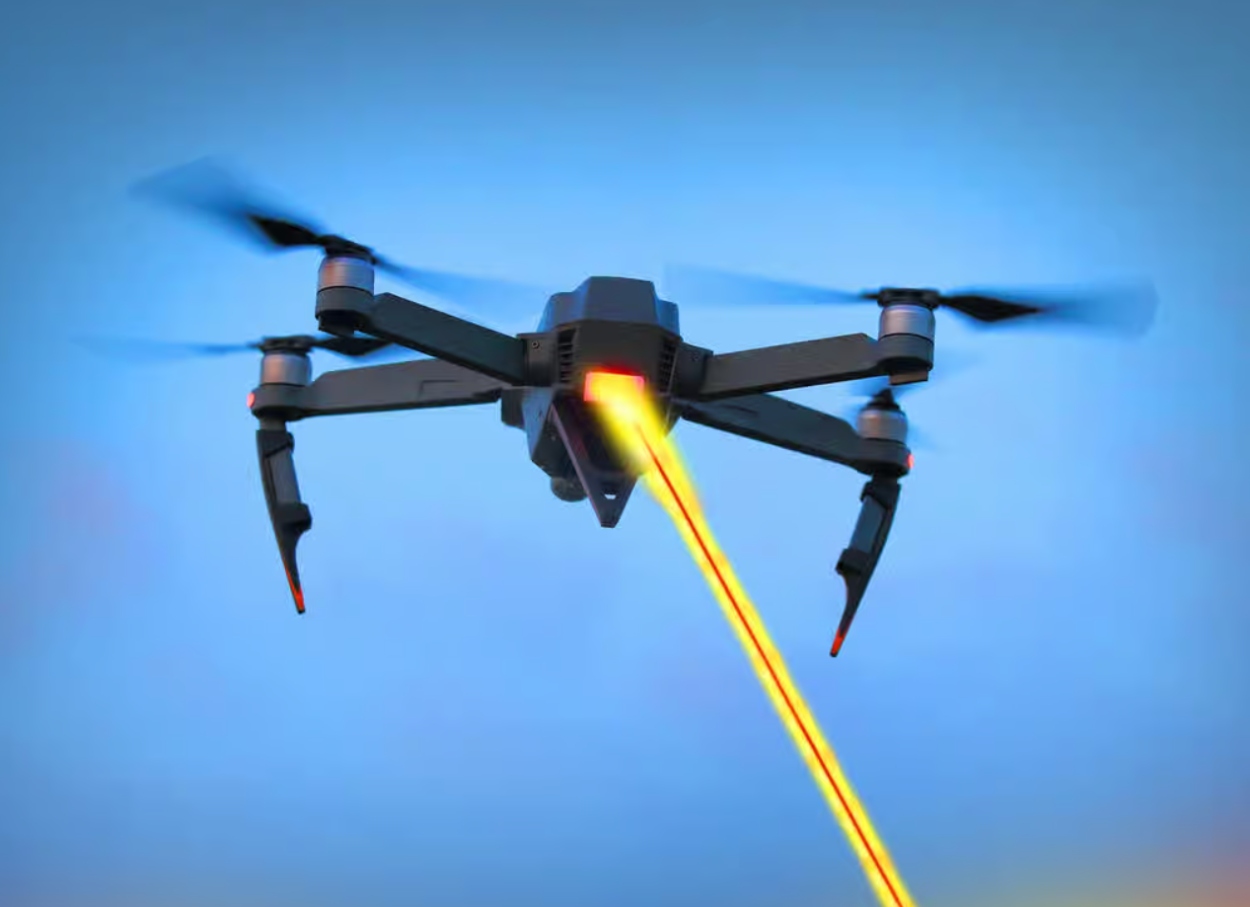
The Cost-Effective Guardian
According to a 2023 Congressional Research Service report on US military directed-energy weapon (DEW) programs, high-energy lasers, if successfully developed, could be highly effective for short-range air defense missions, countering helicopters and low-flying aircraft, and intercepting incoming rockets, artillery, drones, and mortars. With sufficient power, a continuous laser beam could also neutralize fast-moving, hardened threats like cruise missiles and, potentially, even ballistic missiles.
Laser weapons have garnered significant attention for their potential military applications. They offer advantages such as precision targeting, reduced collateral damage, and lower operational costs than traditional munitions.
These systems enhance military effectiveness in defense by delivering accurate strikes with minimal risk to surrounding areas. In warfare, they provide advanced capabilities for intercepting missiles and drones, aligning with modern combat strategies and serving as a cost-effective alternative to expensive missile systems.
Defense manufacturers are intensifying their efforts to develop cost-effective, high-energy laser weapons. Prominent defense contractors worldwide, including RTX (US), QinetiQ (UK), and MBDA (Europe), are investing heavily in cutting-edge technologies.
Challenges In the Light
Despite the promise of laser weapons, challenges remain. As Paul Gray, Head of Business Development for Advanced Weapons, emphasizes, the need for precision targeting and the ability to maintain a focused laser on a target for a few seconds are significant hurdles.
The race to deploy cost-effective laser systems becomes ever more critical as nations grapple with the increasing proliferation of inexpensive drones and missiles.
The Future Of Warfare
As the skies fill with more drones and the threat of missile attacks grows, laser weapons are emerging as a crucial component of modern military strategy.
The age of laser warfare is no longer coming—it’s here. As these systems become more sophisticated and widespread, they’re redefining the boundaries between science fiction and military reality, one photon at a time.
As advancements in laser technology continue and nations ramp up their efforts to integrate these systems into their military arsenals, laser weapons are poised to play a pivotal role in modern warfare.
- Shubhangi Palve is a defense and aerospace journalist. Before joining the EurAsian Times, she worked for ET Prime. In this capacity, she focused on covering defense strategies and the defense sector from a financial perspective. She offers over 15 years of extensive experience in the media industry, spanning print, electronic, and online domains.
- Contact the author at shubhapalve (at) gmail.com


